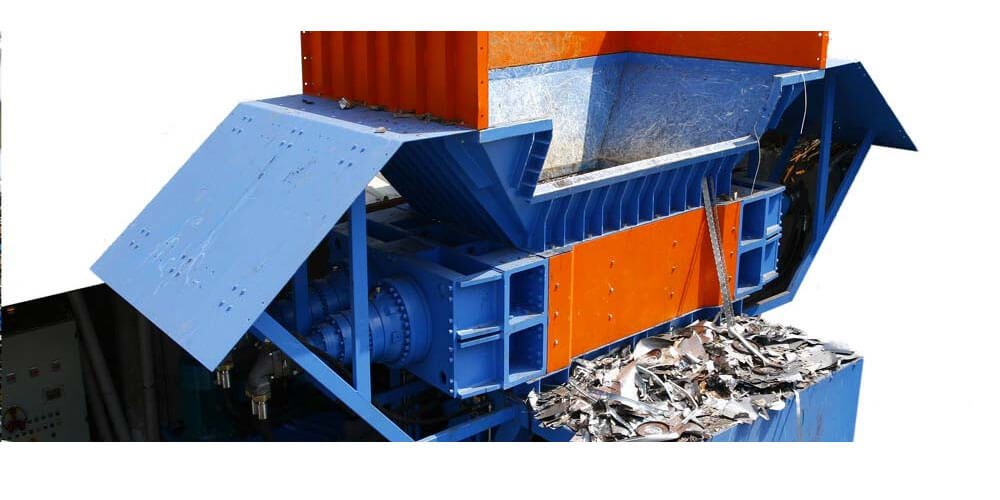Shredders are machines used to chop up scrap or waste materials into small pieces for disposal or repurposing. They come in a wide range of types, including plastic shredders and scrap metal shredders. Scrap metal shredders are specifically designed for shredding metal parts that are no longer in use. They also come in various types based on their design and size, like small scrap metal shredders. In this post, we discuss the functioning of a scrap metal shredder.
How do scrap metal shredders work?
Below is a simple breakdown of how scrap metal shredders work;
- The first part of the process is feeding the scrap metal into the scrap metal shredding machine. This is done through the feeding system. The feeding system is made up of a hopper. The hopper is the part through which the material is dropped. What happens is that the material is first placed on a conveyor, which directs it to the hopper.
- Once the material is fed into the machine, it is grabbed by the blades. The knives work together with the blades to pull the materials. However, this part of the process differs depending on the type of scrap metal shredder. However, in most types of scrap metal shredders, the cutting mechanism works by grabbing on the scrap metal. The blades rotate as the material is pulled. This results in the formation of several small pieces.
- The next step is for the metal to pass through the shredder, which chops it into pieces of various shapes and sizes. This element depends on the material and the construction of the shredder. In some cases, the materials are passed through a secondary shredder or granular to chop them into smaller particles.
- From there, the shredded pieces are put through sizing screening. Note that this step is not available in all scrap metal shredders. Those that feature this component usually send the oversized pieces back through the blades for further shredding. The aim is to make sure that all the chopped-up pieces are of a specific size. Most screening systems are designed depending on the type of material going through the shredding process. They typically interact with the cutters to achieve their purpose.
- From here, all the contaminants are eliminated from the shredded material. Such contaminants include stone, sand, glass, and metals that are not of the same variety as the overall scrap material. The screen also does the removal of these contaminants. However, in this case, the screen works collaboratively with air, over bel magnetics, and ballistics.
- Finally, the shredded product is collected using a specific process depending on the type of material and the design of the shredding machine. Most of the time, a conveyor belt is used for collecting purposes. The collection process also depends on how the material is to be used after the process. For instance, if the material is meant for recycling or repurposing, it will be collected carefully to ensure no contamination. It may also go through further processes to prepare it for repurposing.
Conclusion
The functioning of scrap metal shredders may differ depending on their specific type and design. However, they all work towards one end goal. The goal is to convert a piece of scrap metal into small pieces that can either be recycled or disposed of.

